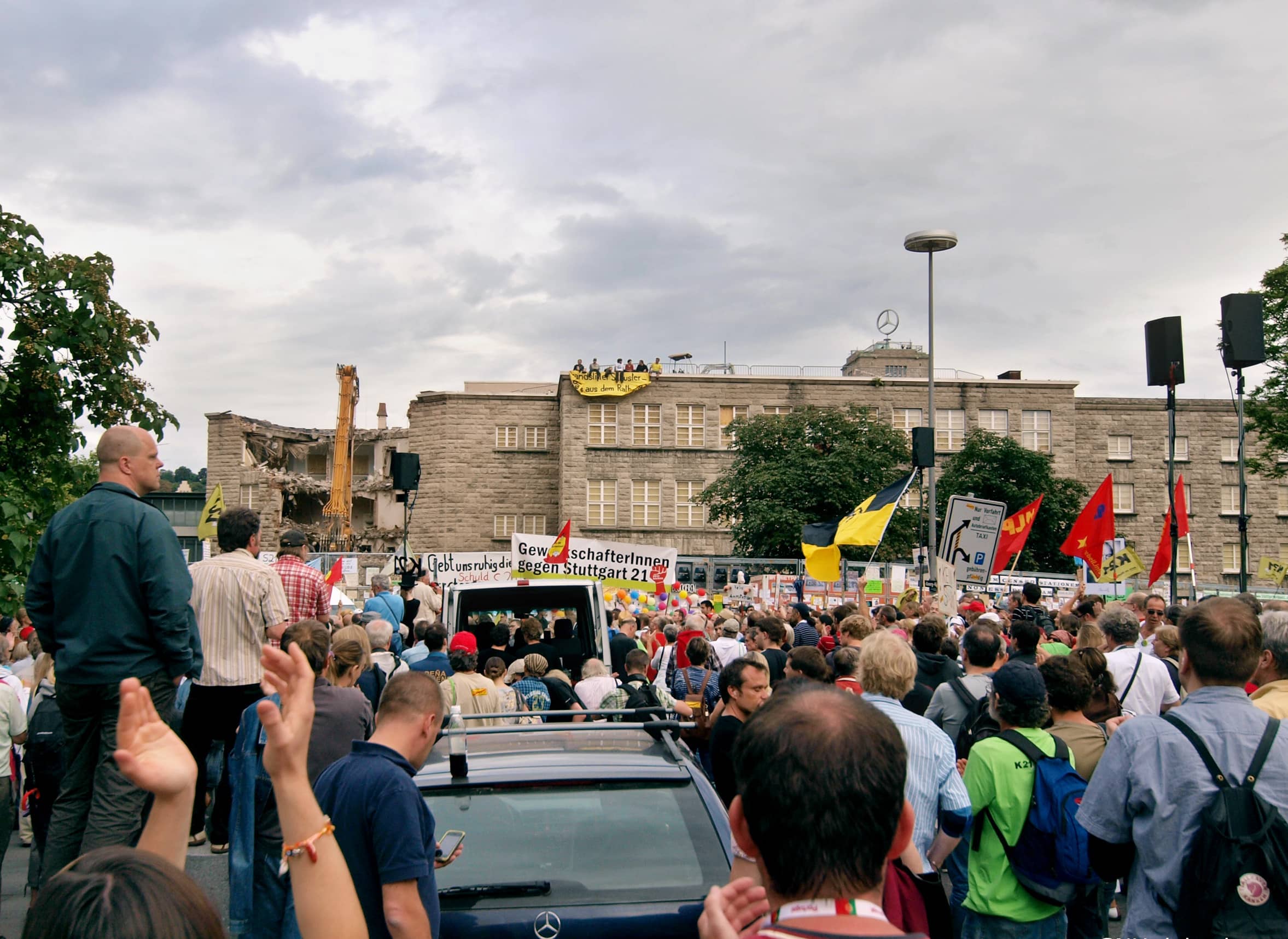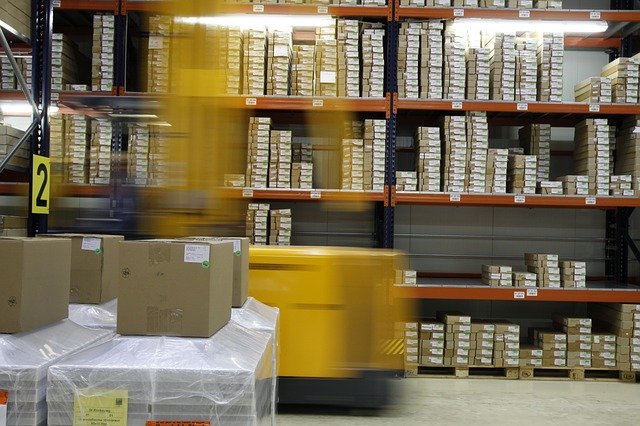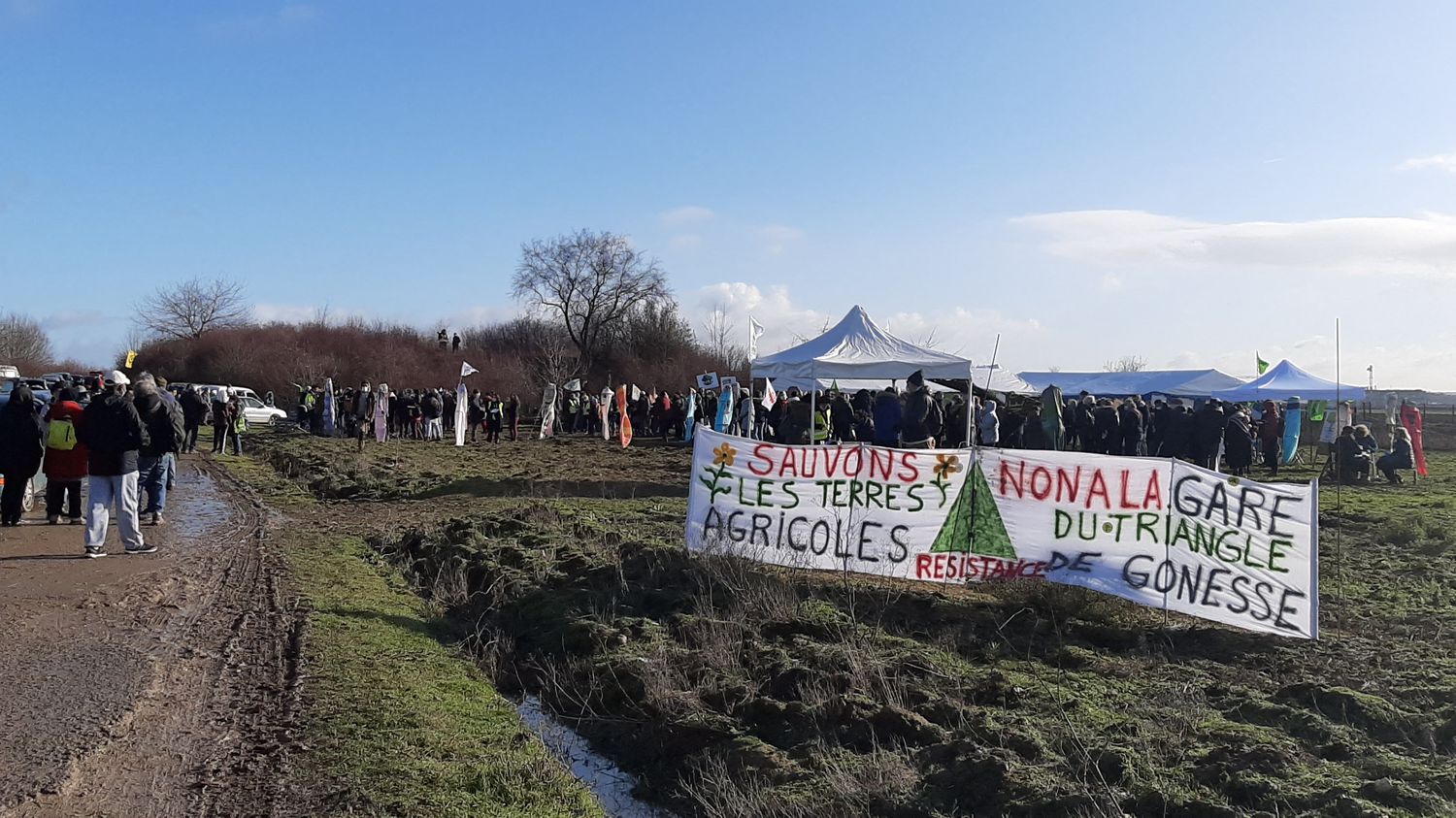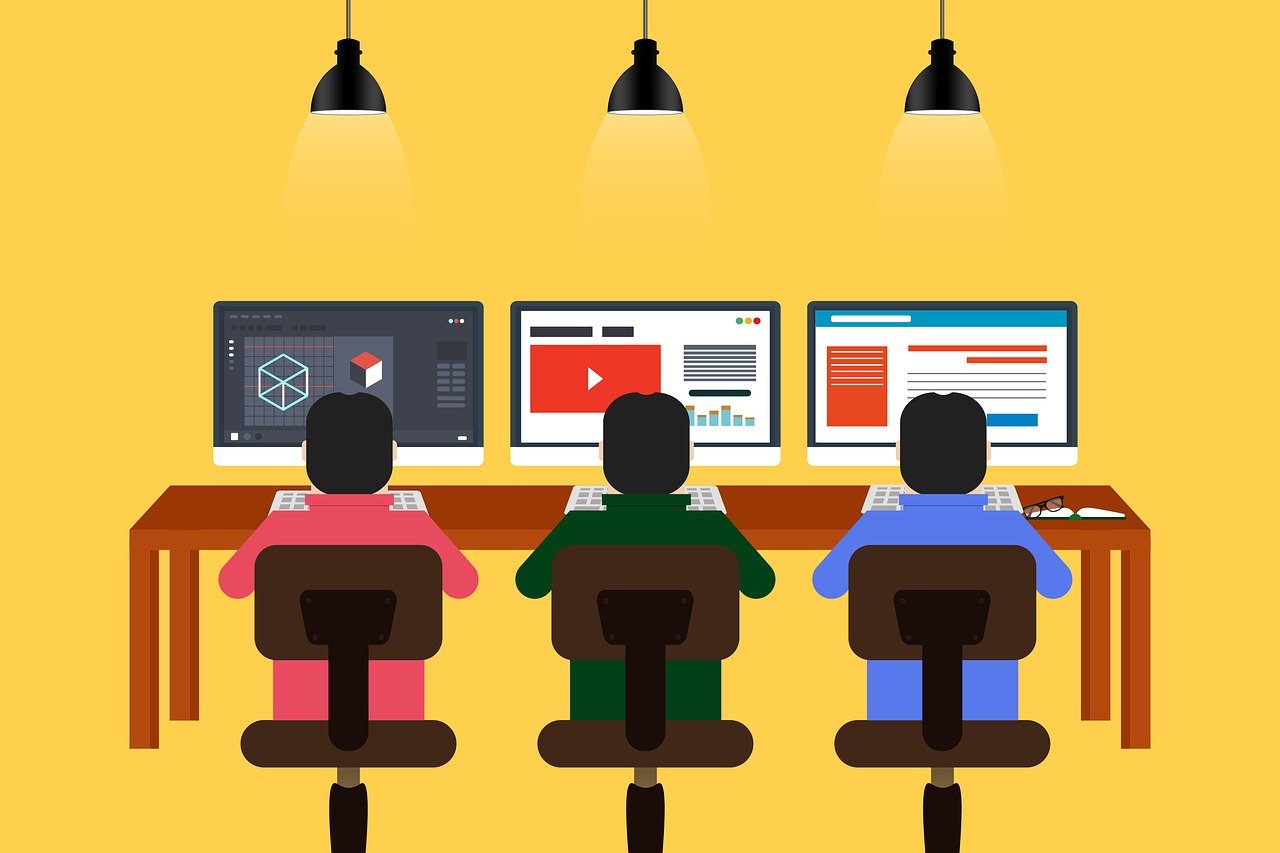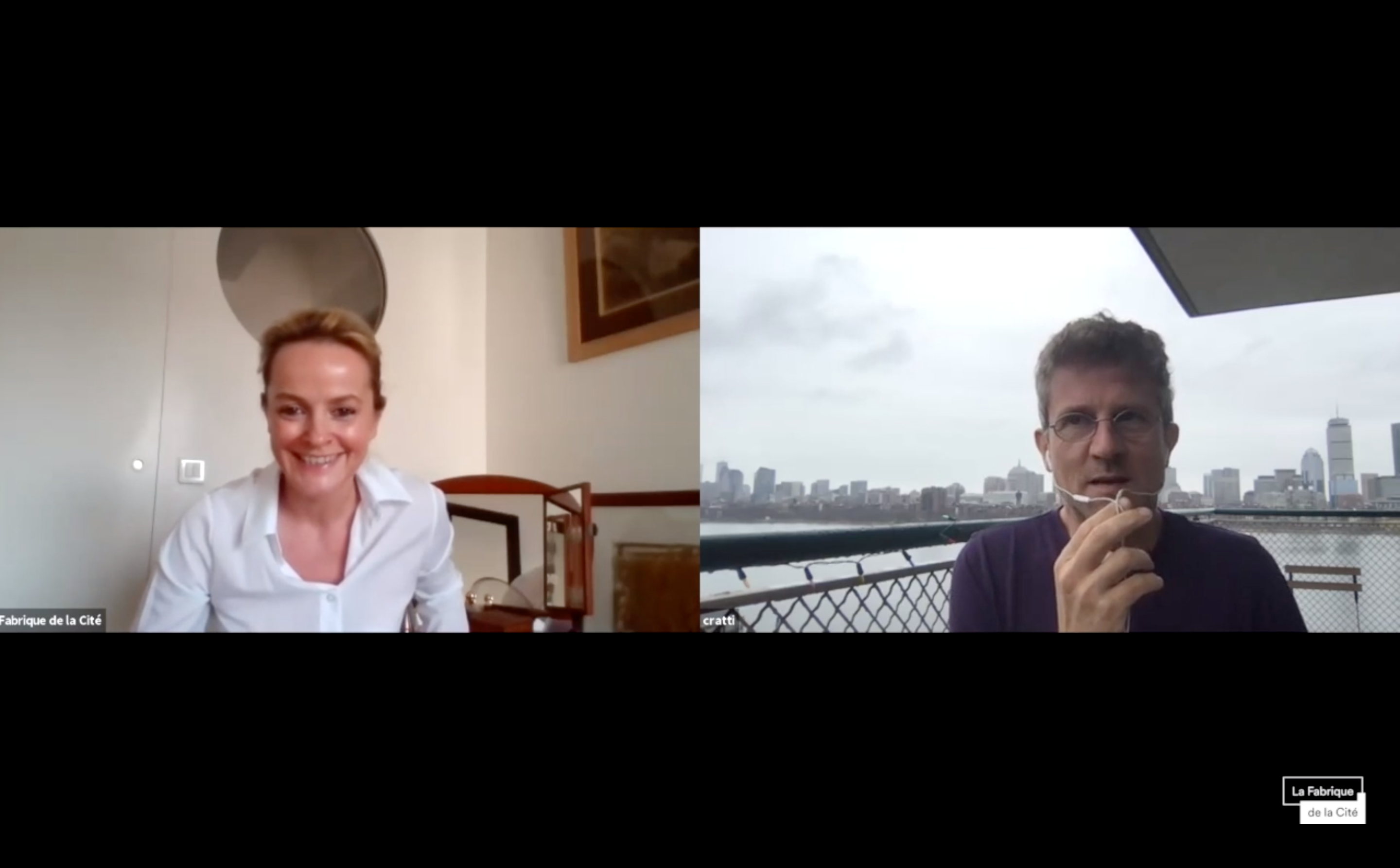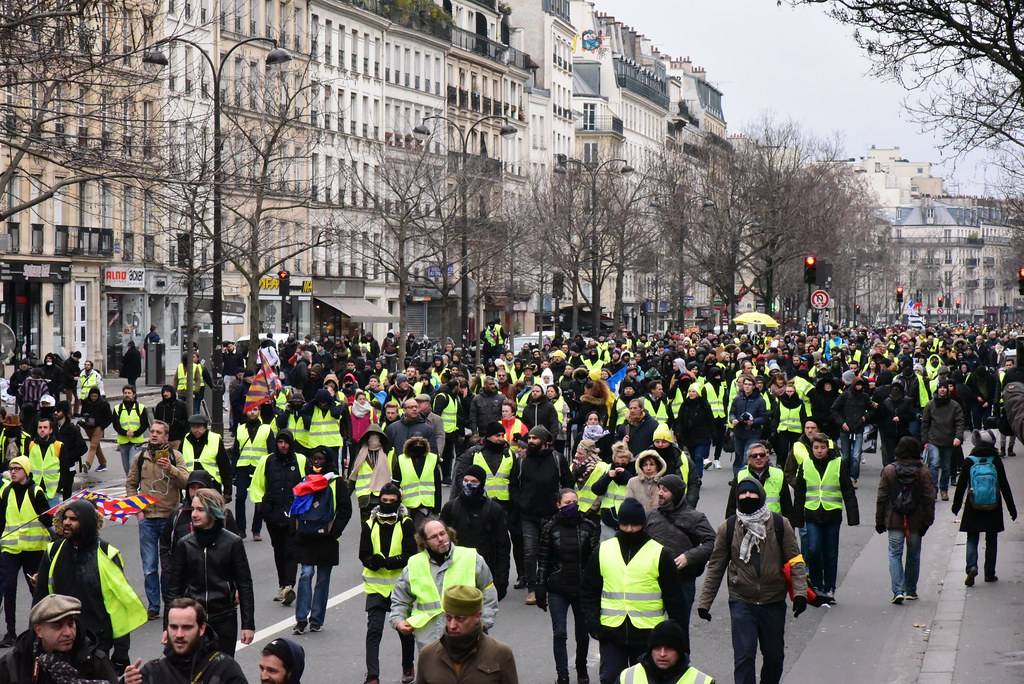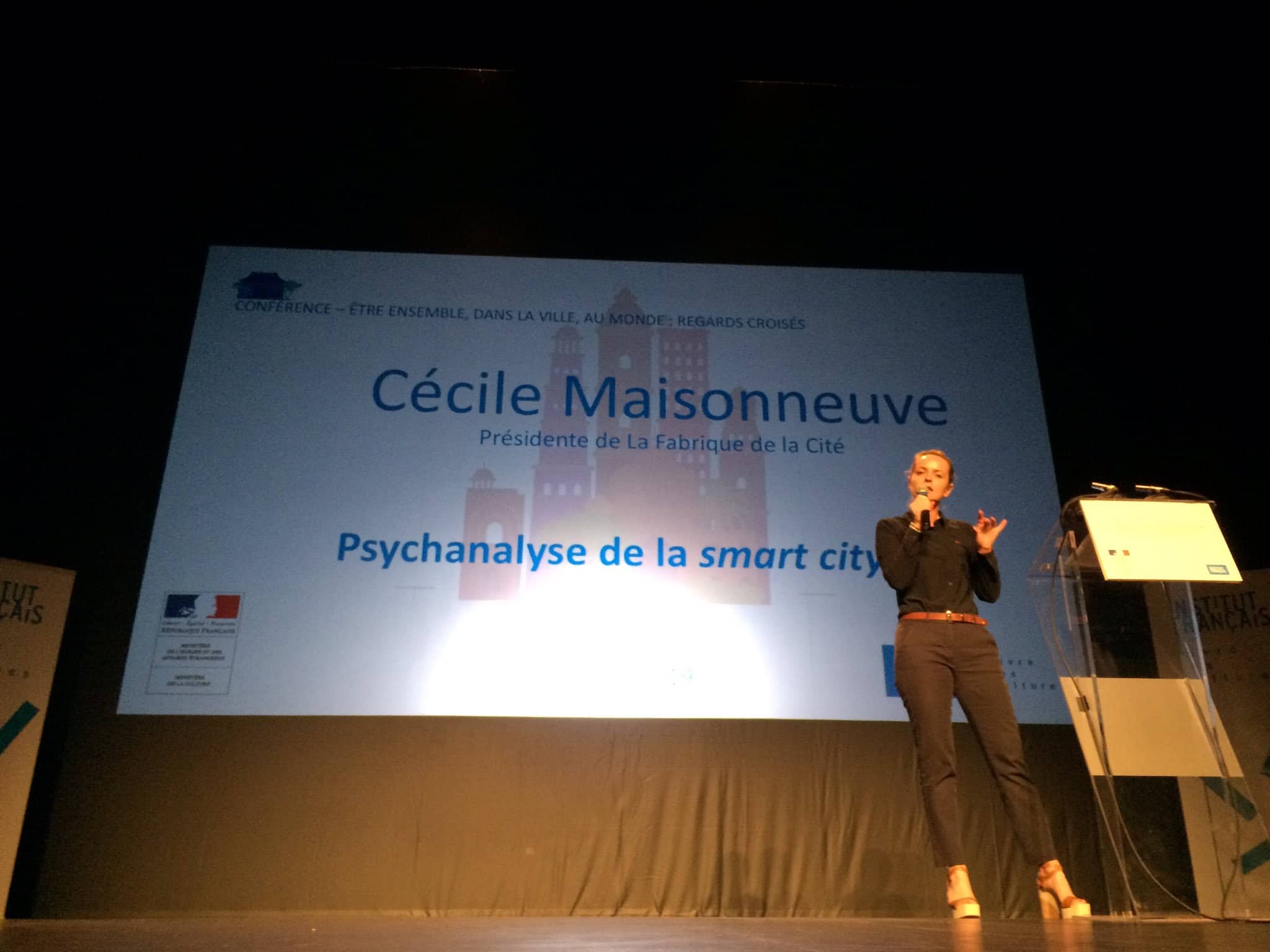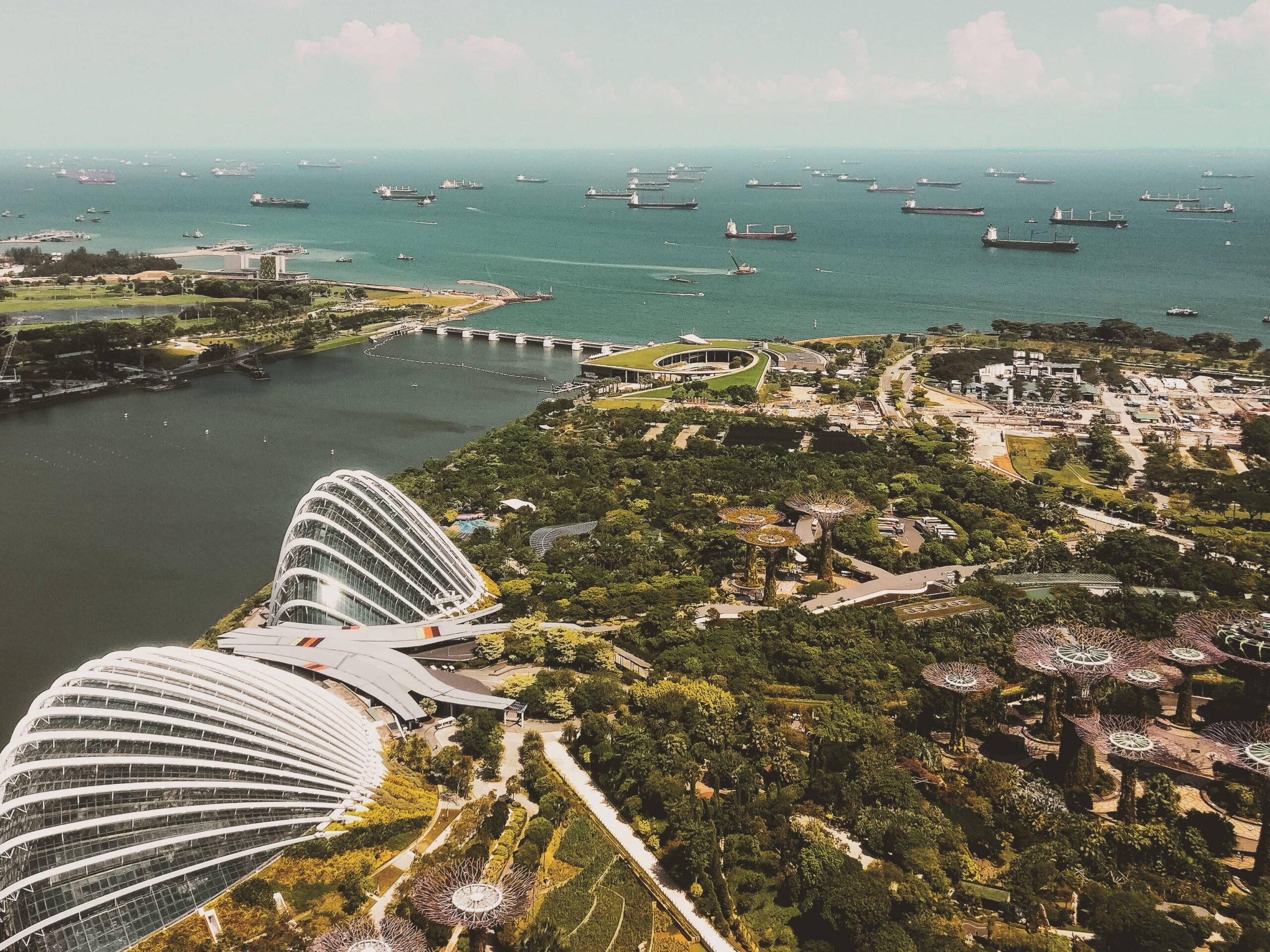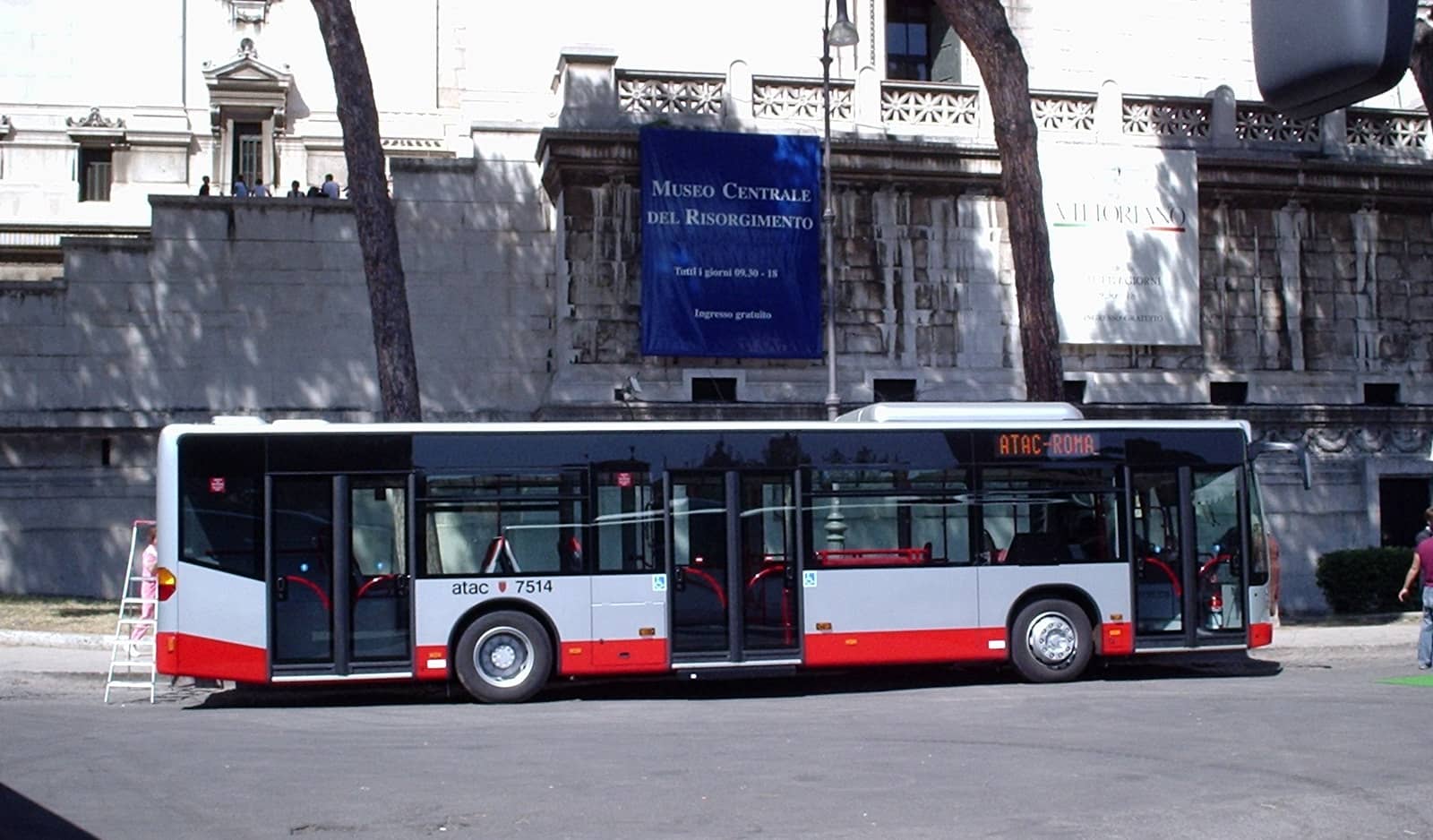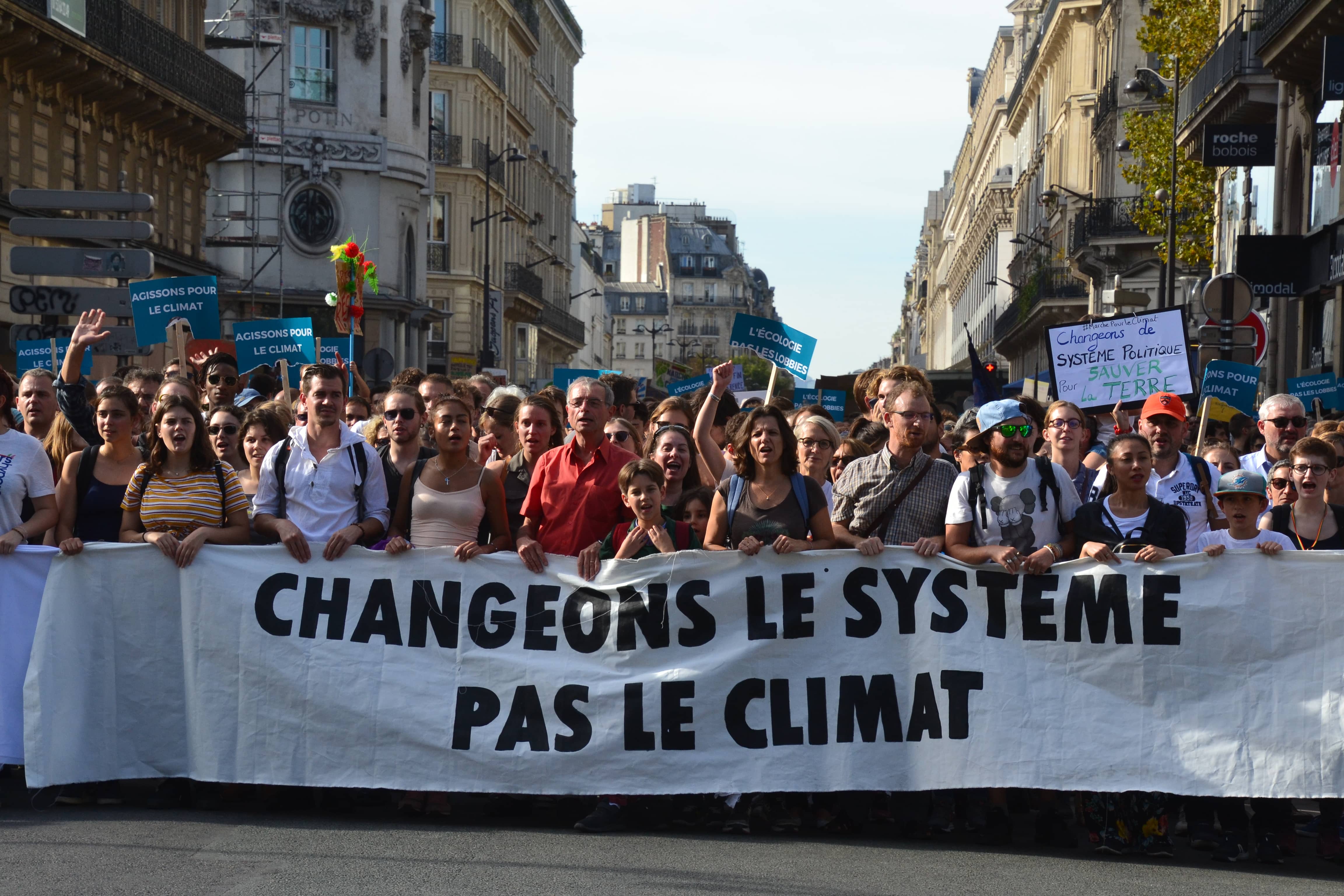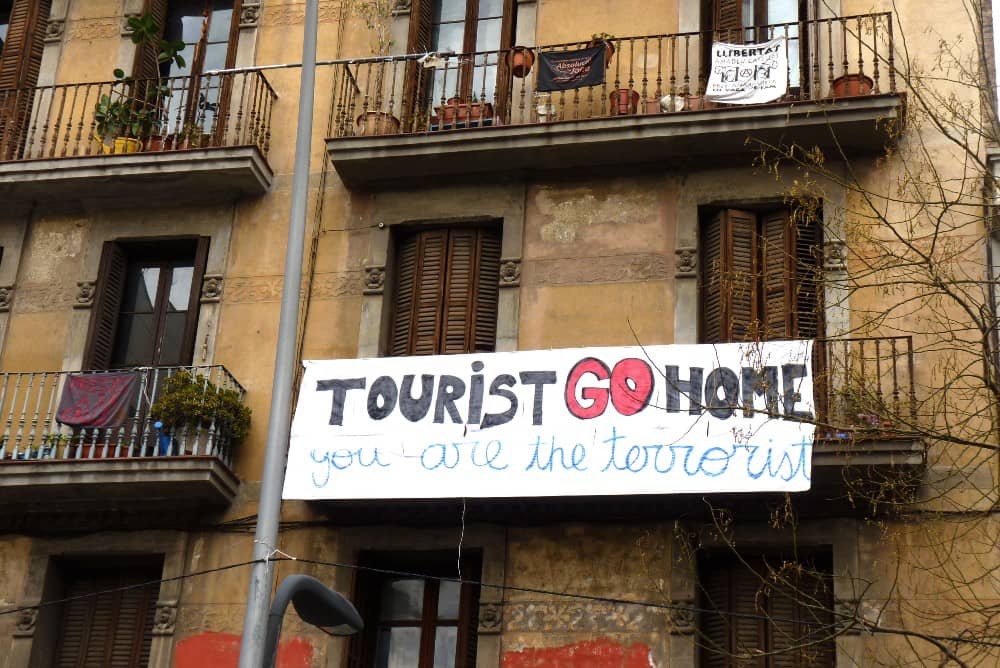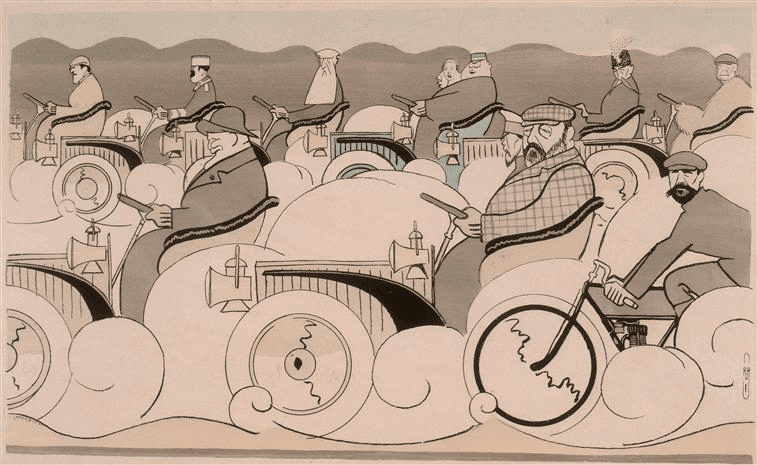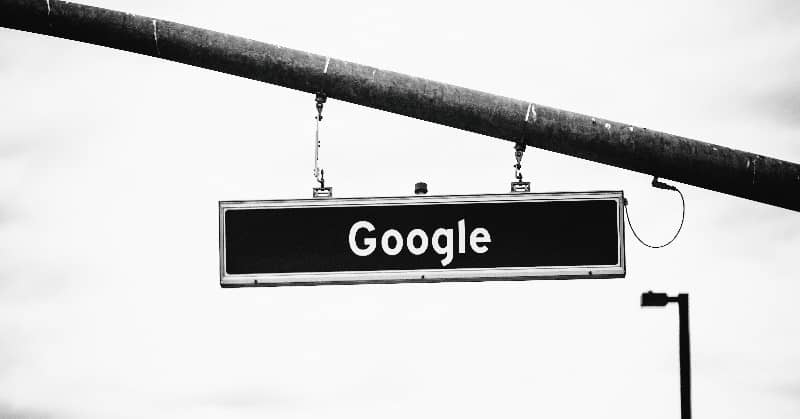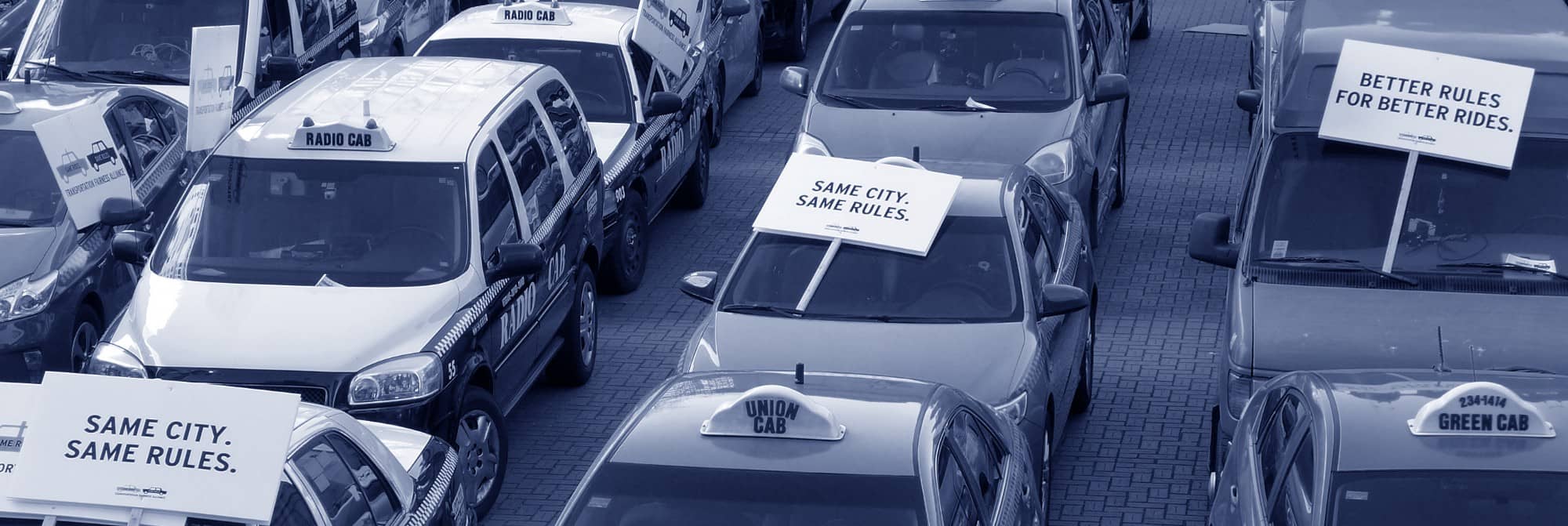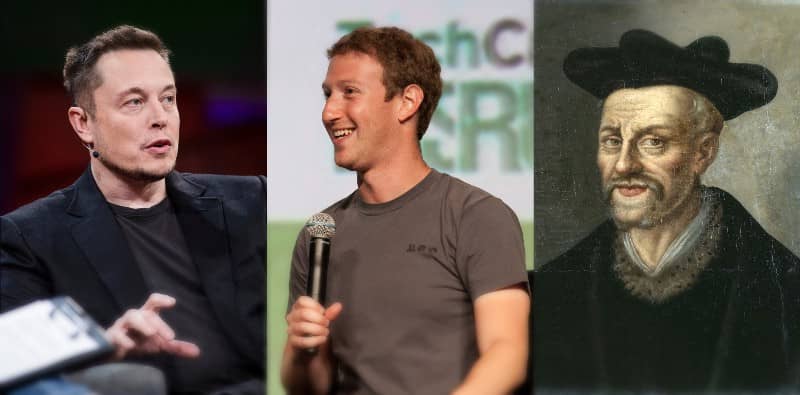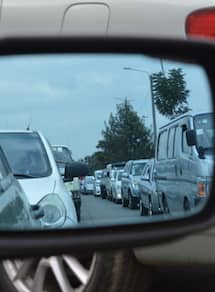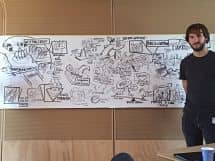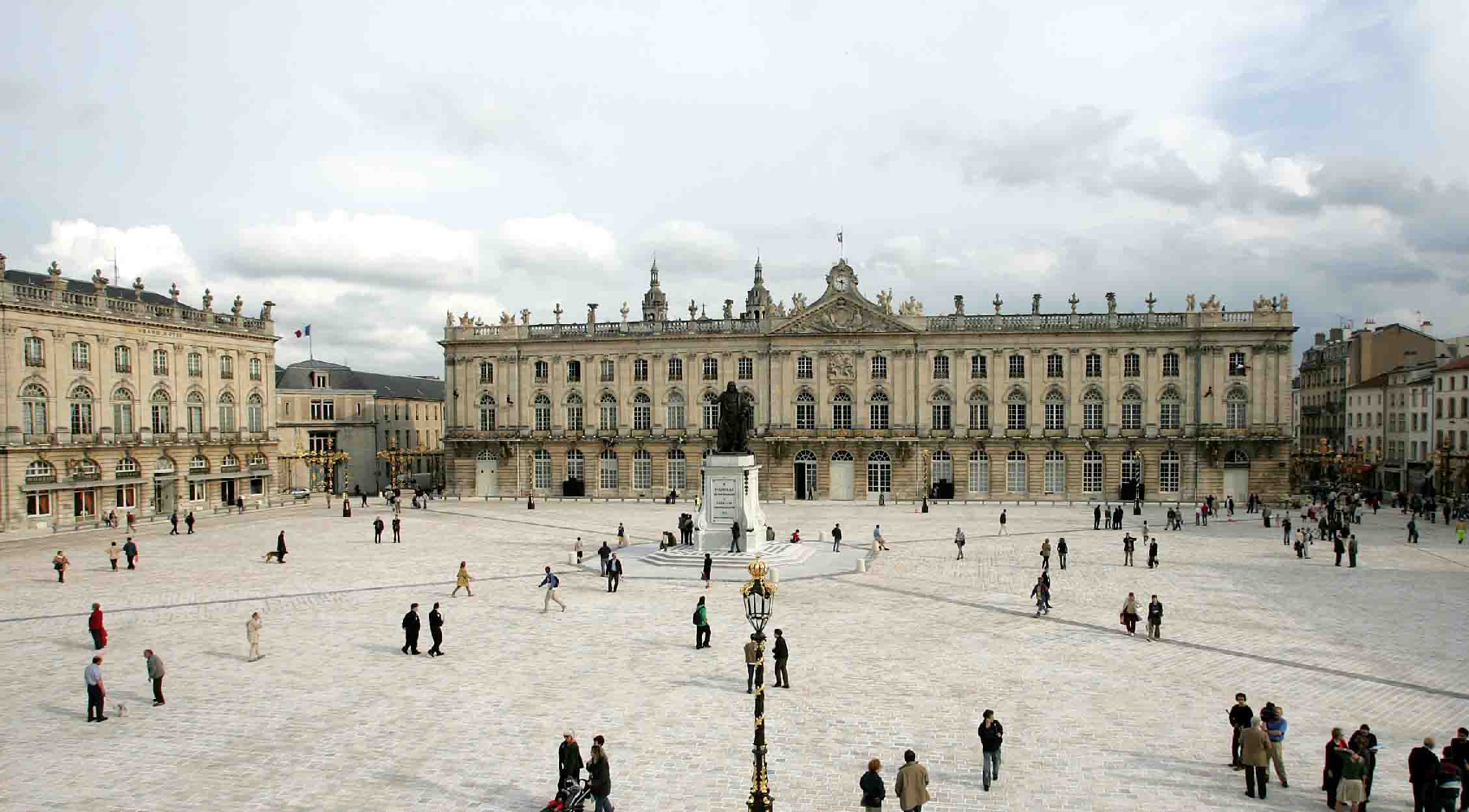

Can digital technology provide new impetus for local democracy? Ornella Zaza’s point of view
Far from simplifying the relationship between the governor and the governed and the work of local authorities, digital technologies bring about complex dynamics and, more broadly, a new way of viewing the city. We met with Ornella Zaza, a doctor in urban planning and development and lecturer at the Institut d’Urbanisme et d’Aménagement Régional (Aix-Marseille University), who, as part of her research work, has focused on the use of digital tools in the field of citizen participation. Based on groundwork conducted at Paris City Hall, Ornella Zaza discussed the political and administrative effects of digital technology, which local authorities are adopting to support participation processes.
La Fabrique de la Cité: In your latest works, you have written that digital technology is not a tool. Neither is it an end in itself. How can it be defined?
Ornella Zaza: This is a vast question and it is very difficult to give an answer. It would be limiting to describe digital technology simply as a tool. I prefer to understand it as a set of objects, stakeholders and practices, which come together for a project which also evokes forms of consciousness. For the public stakeholder, digital technology is often perceived as a tool used to support participation initiatives. However, it is also becoming a genuine avenue for transforming public administration, which, in the case of participation, is more than the implementation of a platform.
La Fabrique de la Cité: While it has effects on citizen participation, would it be correct to say that digital technology brings about the creation of new local democracy systems?
Ornella Zaza: Digital technology highlights a major contradiction. A tension between participatory democracy and grassroots democracy, between representative democracy and direct democracy. We want everyone to take part but in practice this is not the case. We want to give everyone a voice but at the same time people do not all express themselves in the same way. Behind the participatory tools, the question of what is really meant by participation is raised. Is participation the ability to speak or to also be able to take action? With digital tools, we ask inhabitants to suggest projects but that does not mean that they would then be able to conduct them. It does not entail a form of direct democracy even though we may sometimes want this to be the case. However, there are clear limits to participation which, despite digital platforms, continue to be mostly based on rather conventional forms of interactions between inhabitants and public authorities – such as the holding of physical participatory workshops in addition to digital platforms. We must not forget that digital technology shakes things up. While we must not elevate digital tools excessively or believe that they result in radically different forms of democracy, we cannot deny their political effects. People are speaking publicly for the first time, proposing projects, making criticisms, taking an interest and understanding the approaches of public stakeholders. As a whole, new areas of negotiation are being opened up. Digital participation tools therefore question the way in which the city is designed
“While we must not elevate digital tools excessively or believe that they result in radically different forms of democracy, we cannot deny their political effects.”
La Fabrique de la Cité: Do you have any practical examples of the use of digital technology in the field of citizen participation?
Ornella Zaza: I worked specifically on the systems rolled out by Paris city hall. In 2014, it launched the Imaginons.paris platform which is specially designed for consultation on major development projects and was used for the development of the North-East Paris sector and again for the Clichy-Batignolles urban project. As it is designed for development projects, the platform was created with specific functions, which, for example, made it possible to share drawings and photos. This created a highly visual approach.
An on-line petition tool was also created but proved a failure. The city hall used the idea that Parisians take part in on-line petitions on a massive scale, particularly those launched by associations, to develop its own municipal tool. Yet despite their active participation on private channels, inhabitants did not use this “duplicate public tool” to send a message to their local elected representatives. Having a tool that works does not mean that inhabitants will use it for local policy making.
Lastly, the most classic example is the Budget Participatif (participatory budget), which was also rolled out in 2014. The city hall allowed 5% of its budget to be voted by residents. This percentage of the budget was earmarked for inhabitants’ projects. It was interesting to see that even though all kinds of projects can be put forward, most of them concern urban development. I see in this the continuation of a tradition of participation in France, which started with the opposition movements which emerged against major development projects.
La Fabrique de la Cité: Do all inhabitants use these participatory tools in the same way?
Ornella Zaza: Generally, public stakeholders like to believe that everyone now participates through these new digital platforms. In practice, it’s a different story. When the Paris digital Budget Participatif was launched, the location of the proposed projects showed us continuity with the participatory trends that preceded the initiative. With more than 5000 projects proposed in 2015, none of them were in the districts known as “city policy neighbourhoods”. In contrast, many projects came from arrondissements with a strong tradition of participation, such as the 12th arrondissement, in which local participatory budgets had already been introduced. An interesting point is that this evidence that some districts were excluded encouraged the city hall to once again call on intermediaries who had been somewhat forgotten when the digital initiative was launched, in the expectation that they could rebuild relations between inhabitants and public authorities.
In France, from 2002 to 2003, following the proposals of the Mauroy Commission on the future of decentralisation and other early consultation measures, two laws enshrined the founding principles of grassroots democracy. French citizen participation practices are still based on these laws today. Grassroots democracy was based in particular on the active involvement of intermediary stakeholders, such as district councils. Yet, with the gradual emergence of digital participatory tools, which aim for a participatory democracy ideal rather than grassroots democracy, these stakeholders were sometimes sidelined. In some ways, the use of digital technology has “short-circuited” the old structures and the key stakeholders of grassroots democracy. As digital initiatives do not necessarily result in a more direct and systematic link between inhabitants and public authorities, the latter are once again turning to these intermediaries. Through them, it is hoped that participation will be stimulated in city policy neighbourhoods and among populations that are considered to be the most isolated from public authorities. However, with such a digital participation support approach, we must not think that these people do not participate because they do not use digital technology! They may have good knowledge of some tools but may not be interested in citizen participation or in the themes covered by participatory initiatives. Often, in these city policy neighbourhoods, inhabitants prefer to talk about the daily issues they face, such as finding work, rather than the future of a park. The question is then: what are we debating in these participatory initiatives?
La Fabrique de la Cité: Do public authorities convey a sort of collective consciousness that they project onto digital tools?
Ornella Zaza: I have observed that in these authorities, particularly in Paris city hall, “non-expert” employees know little about digital technology and its specific issues. They are therefore very wary, or project many things onto it, believing that digital technology is a cure-all solution. An “expert” public employee who really knows the technical, financial and sometimes even social limitations of digital technology told me that instead of a software programme, some of their colleagues had ideas of a digital magic wand! This is a very interesting example.
This type of projection, particularly in the field of citizen participation, was encouraged by the fact that, in recent politics, there has been a convergence between openness, transparency and digital technology. One example is the Open Government Partnership, a multilateral initiative launched in 2011 which brings together 70 countries, NGOs and representatives of civil society. Its aim is to promote the transparency of public action and to foster its openness to forms of citizen participation, particularly through the use of digital tools. Previously, open data policies, for which the USA was a forerunner, were based on a strong ideological dimension of digital technology which is very similar. According to such policies, the availability of data could bring about greater political transparency and increase inhabitants’ participation. Obviously, it has been proven that access to raw data does not necessarily give rise to greater citizen participation in policy making. However, the consciousness of “openness” as a governance model remains strongly connected to digital technology and is very present within local authorities, while opposing – in a contradictory way – a representative political system that is very hierarchical.
“In recent politics, there has been a convergence between openness, transparency and digital technology.”
La Fabrique de la Cité: Has the introduction of these digital participation tools also had an effect within administrations?
Ornella Zaza: Traditionally, the elected representative spoke in public meetings and answered questions. Through digital tools (such as the Budget Participatif platform to continue with the same example), inhabitants contact the city council directly, by proposing a project or through comments. This changes the relationship with policy making. Now, public speaking has been somewhat “liberated”, although it is measured. Of course, elected representatives do not themselves answer comments on platforms. Council employees deal with this. Platform managers are therefore becoming key players. Their role did not exist prior to the introduction of digital participatory platforms and is highly complex as it requires at least three areas of expertise: participatory systems, local knowledge and digital skills. Expertise in participatory systems implies understanding how participation works and also having knowledge of an entire series of ethical rules concerning public service and debate. It also entails knowing how to respond to inhabitants, which is not easy. Local knowledge is necessary as, like I was saying, most projects proposed in Paris, for example, were related to urban development. This means that the employee must deal with what sociologists call “citizen knowledge”, i.e. the fact that some of the inhabitants contacting them have in-depth knowledge of the areas they travel through and live in and are aware of highly technical points, sometimes more than some city council employees. Lastly, digital skills, which may be the most obvious, involve not only knowing how to use a digital tool, but also having an understanding of its approach. Its use totally provides the structure and pace of the employee’s daily work. This means not only using the tool but being able to adapt it, to adjust it to achieve certain objectives (in terms of functionalities and also work timeframes), to propose changes to the administration, etc. A platform manager’s job implies cross-cutting skills.
Another important point concerns gradually overcoming silos within public administrations, which is fostered by these digital tools. This cross-cutting work ethic is only starting out but administrations believe that the tools will gradually bring about urban management which is increasingly shared between different roles. To give a practical example, the “DansMaRue” application, a geolocation-based tool which lists “anomalies” in public spaces, has completely changed the way in which Paris city hall deals with “road incidents”. Firstly, the data is much richer and is not based solely on the journeys of public employees. Secondly, the tool is used by various departments. This means that the department in charge of green spaces and roads, for example, shares data and can work with other departments, thereby mutually benefitting from their respective areas of expertise. However, while these data sharing tools may be useful for public administrations, we must consider the role that city residents play in the management of an urban service. Without the inhabitant, this public space maintenance service could not work in the same way. In this case, we are no longer dealing with a participation tool used for policy making, but a congestion tool which delegates – and legitimises – in some way a monitoring function to the inhabitant in relation to his/her surrounding area. In addition, against the current backdrop of “platformising” the urban experience, which makes users not only the recipients of services but also the main “provider”, another question is raised: in view of the gradual withdrawal of public stakeholders, I believe that the latter must continue to ensure that some fundamental principles of public service continue to be upheld, in particular those of accessibility and free service.
These other publications may also be of interest to you:
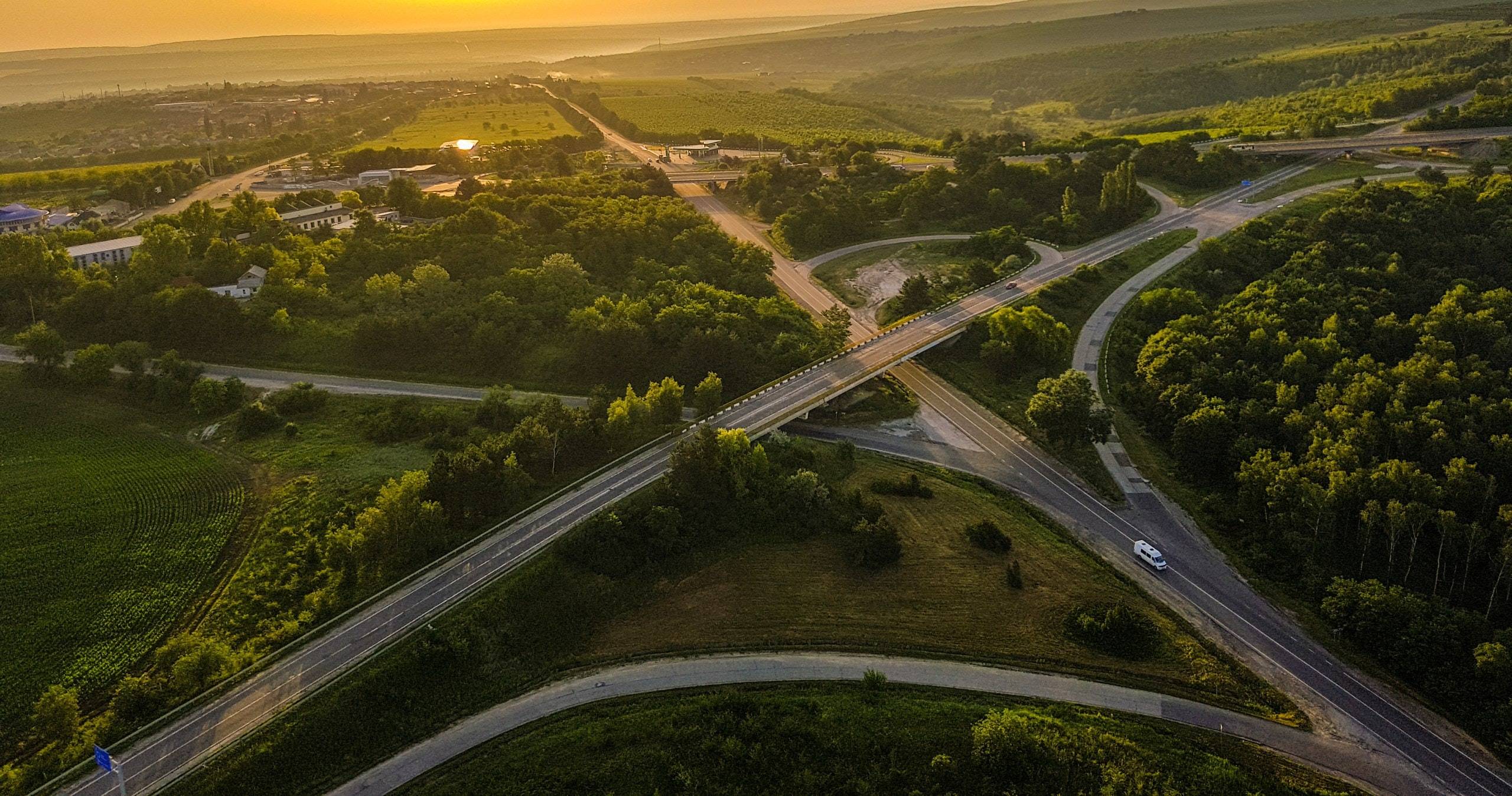
Behind the words: urban congestion

Toronto: How far can the city go?

The political and technological challenges of future mobilities

“Once Upon a Time”…

Boston Focus

Data for urban citizens
La Fabrique de la Cité
La Fabrique de la Cité is a think tank dedicated to urban foresight, created by the VINCI group, its sponsor, in 2010. La Fabrique de la Cité acts as a forum where urban stakeholders, whether French or international, collaborate to bring forth new ways of building and rebuilding cities.















